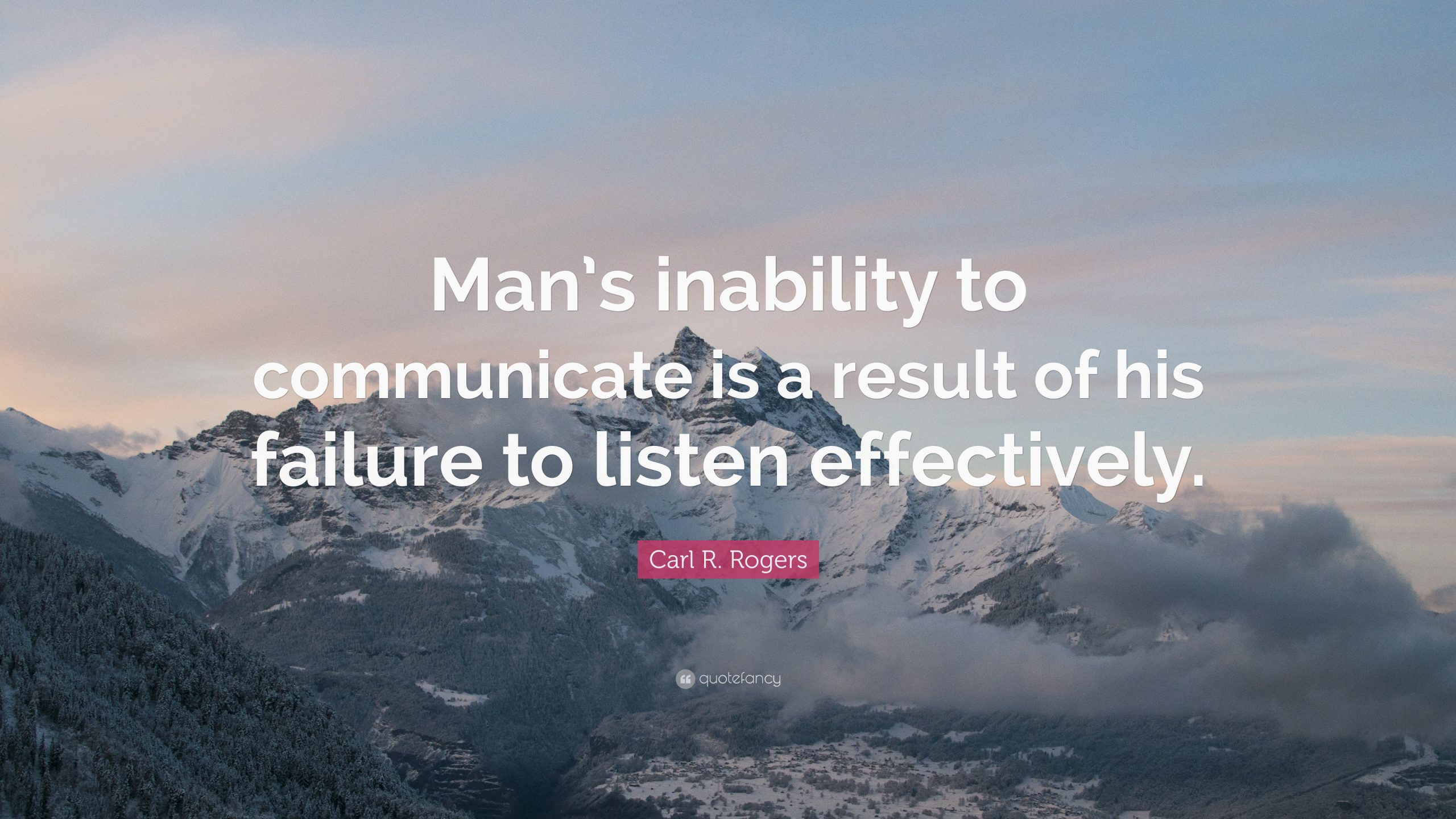Learn English: Listening, what can i do to get better?

The Importance of Listening
Reading Level: B1 Preliminary and above
Listening is a vital life-skill that we can all benefit from improving. Did you know that listening can take up 45 percent of the time we spend in communication, compared to speaking, reading and writing? Improving your listening skills can be more challenging than the other skills as listening is not just one skill, it also involves remembering the meaning as well as understanding the combination of words used.
By now you must be thinking, “Gosh that sounds tough!” Not to worry, here we have two ways that will help you improve on your listening, with enough practise.
Six Steps To Improve Your Listening Skills
Did you know that a useful tool to help improve listening is actually a transcript? In case you aren’t familiar, a transcript is a written or printed version of material originally presented in another medium, like videos and audiobooks. If so, isn’t a transcript more helpful for reading instead of listening? Not quite, you’ll learn why shortly.
For this six-step approach, you need access to transcripts or subtitles as you would be using podcasts, films, interviews, presentations, news reports and video reviews aimed at native speakers to practise. This will help you to improve your understanding of native speakers.
Step 1: Listen to the audio without looking at the transcript
The objective here is to see how much you understand just by listening without the help of a transcript or subtitle. Repeat this step up to three times and take notes while you’re at it.
Step 2: Read the transcript
Here, go through the transcript of the video or audio you just listened to. Check how much you understood, take note of new words and highlight the part you understood while reading but didn’t understand while listening.
Step 3: Listen with the transcript
Now, listen to the video or audio again while reading the transcript this time. Look at the parts you didn’t understand before and look at why you didn’t understand them. In this step, you can play, pause, rewind and play it again to identify the parts you didn’t understand before.
Step 4: Listen without the transcript again
In this step, you’re going to listen again without the transcript. The objective is to see how much you can understand having completed steps 2 and 3. Are there any parts that you still don’t understand? If there are, try to identify why not. You should be able understand the audio better than you did in Step 1
Step 5: Take note of new vocabulary and look it up
One of the important factors that will help you improve listening is new vocabulary. The more vocabulary you have, the greater understanding you will have. Take note of new words, look them up and understand their meaning.
Step 6: Listen back to the audio a few days later
After a few days, listen again to the audio. This will help you to remember new vocabulary and language, it’s a good exercise to review and measure your development which will help boost your confidence as well.
Here are two videos you can use to practise your listening.
Listening for gist
What do you mean by gist? A gist is the general meaning of a speech, in other word the topic of conversation. Take the two videos above for example, the title would give you an idea of what the video or audio would be about, a short history of dogs and the other claws versus nails, well not literally but rather the differences between claws and nails.
In a conversation however, it will be a bit more difficult as it depends on how the other person chooses to discuss the topic of conversation. If you keep an open ear out for keywords, they will help you understand what the topic is about. For example, if a friend says, “There was a huge crowd in Tesco and it was all out of crisps. I guess we’re not going to be having any snacks while we watch the game tomorrow.”
Look for the gist in the example, what can you understand from that? Your friend was at Tesco, there were a lot of people and the store was out of crisps. For a second there, you’d be wondering what crisps are, the sentence that follows should give you an idea of what they possibly are. “We’re not going to be having any snacks while we watch the game tomorrow”. So, no snacks because they’re all out of crisps – crisps must be a snack, in fact it is what the native speakers call potato chips in the UK.
The key here is not to focus on the words you don’t understand but focus on words you do to get the whole picture.
*Bonus Tip – Do not translate into your native language
While listening to someone speaking in a foreign language (English in this case), you would always be tempted to try and translate it into your native language to understand the conversation better. However, when you start to translate everything that is said into your native language, your focus shifts from the speaker to translating the conversation in your brain.
It would be fine if you could press pause while you’re translating but in real life, the person would continue talking. This will eventually lead to a mental block in your brain where sometimes you end up not understand anything at all.
As a recap to our blog post today, click here to participate in our short exercise.
In our previous blog posts, we have covered the other skills you will pick up learning English. Click on the following to read further.
Reading, Writing, Speaking, Speaking (for children)

